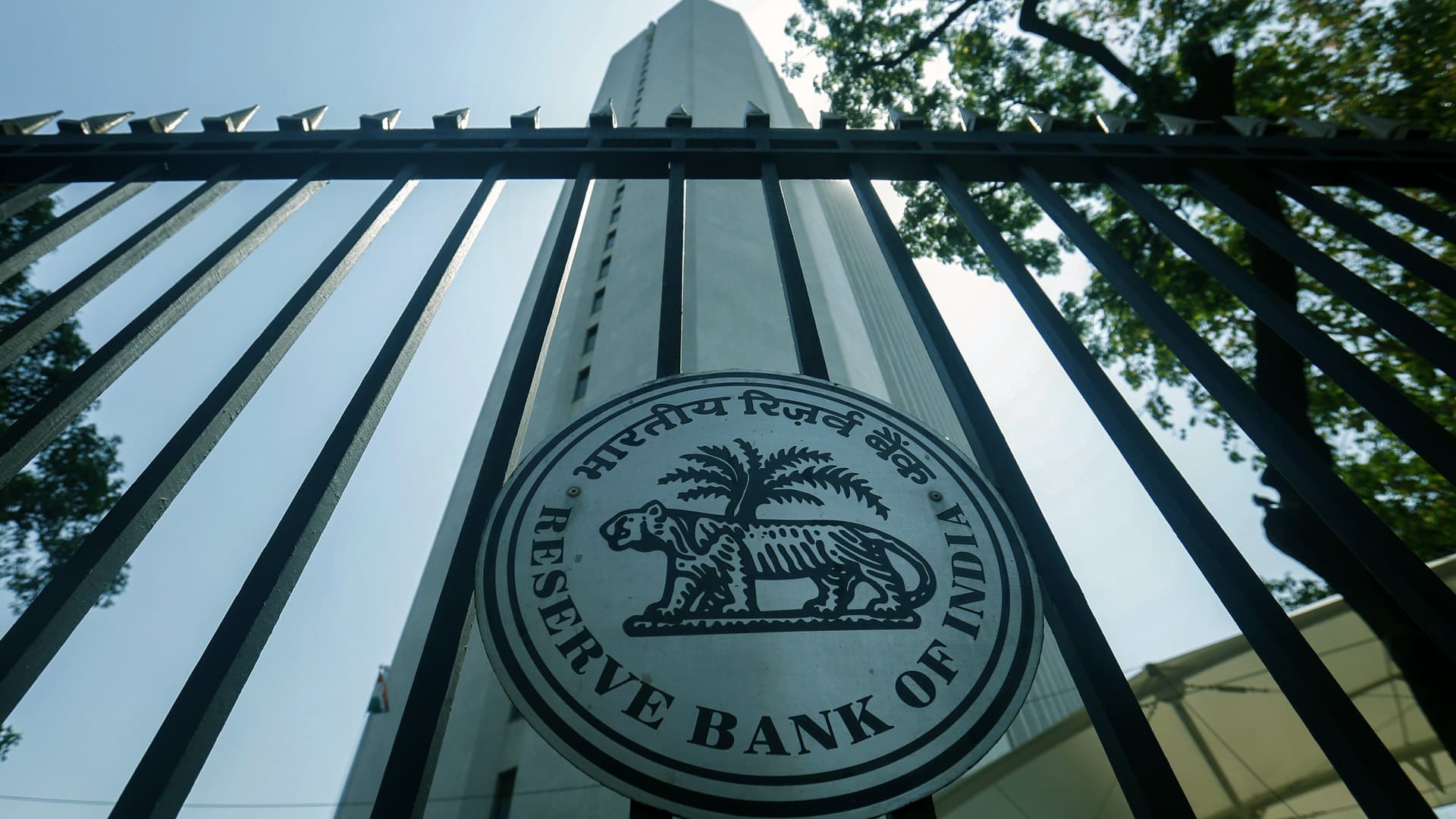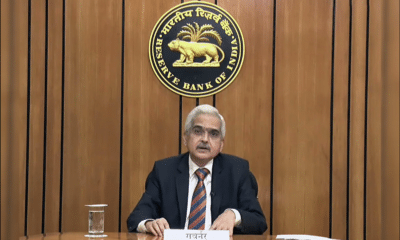RBI expects GDP to contract 9.5 pc in current fiscal
The Reserve Bank expects the GDP to contract by 9.5 per cent in the current financial year due to the impact of the coronavirus pandemic on domestic as well as global economies. Unveiling the bi-monthly monetary policy statement, RBI Governor Shaktikanta Das said that GDP was likely to turn positive at 0.5 per cent in the January-March quarter of the current financial year. “Taking into consideration (various factors) and the uncertain COVID-19 trajectory, real GDP growth in 2020-21 is expected to be negative at (-)9.5 per cent, with risks tilted to the downside: (-)9.8 per cent in Q2:2020-21; (-)5.6 per cent in Q3; and 0.5 per cent in Q4. Real GDP growth for Q1:2021-22 is placed at 20.6 per cent,” he said. The economy contracted 23.9 per cent in the April-June quarter of the current fiscal, mainly on account of the disruption in normal business activities following the lockdown to check spread of the coronavirus.
Das said that while the recovery in the rural economy is expected to strengthen further, the turnaround in urban demand is likely to be lagged in view of social distancing norms and the elevated number of COVID-19 infections. “While the contact-intensive services sector will take time to regain pre-COVID levels, manufacturing firms expect capacity utilisation to recover in Q3:2020-21 and activity to gain some traction from Q4 onwards. Both private investment and exports are likely to be subdued, especially as external demand is still anaemic,” he noted. Further, the governor said that by all indications, the deep contractions of April-June quarter are “behind us” and “silver linings are visible in the flattening of the active caseload curve across the country”. Barring the incidence of a second wave, India stands poised to shrug off the deathly grip of the virus and renew its tryst with its pre-COVID growth trajectory, he added.
Referring to the current debate about the shape of the recovery — whether it is V, U, L, W of K — Das said that it was likely to predominantly be a three-speed recovery, with individual sectors showing varying paces, depending on sector-specific realities. Sectors that would “open their accounts” the earliest are expected to be those that have shown resilience in the face of the pandemic and are also labour-intensive. These include agriculture and allied activities; fast moving consumer goods, two-wheelers, passenger vehicles and tractors; drugs and pharmaceuticals; and electricity generation, especially renewables. In several of these areas, reforms such as in agricultural marketing and value chains encompassing cold storage, transport and processing, changes in labour laws and creation of capacity for production and distribution of vaccines have already opened up new vistas for fresh investment to step in, he added.
According to him, the second category of sectors to “strike form” would comprise sectors where activity is normalising gradually. “… the third category will include the ones which face the ‘slog overs’, but they can rescue the innings. These are sectors that are most severely affected by social distancing and are contact-intensive,” he said. The modest recovery in various high-frequency indicators in September 2020 could strengthen further in the second half of 2020-21 with progressive unlocking of economic activity, he said, adding, “if, however, the current momentum of upturn gains ground, a faster and stronger rebound is eminently feasible”. Further, Das said that at a time when the Indian economy is entering into a decisive phase in the fight against the pandemic, the focus must now shift from containment to revival. “After the steep decline into which the global economy plunged in the second quarter of 2020, global economic activity appears to have rebounded sequentially in the third quarter, but unevenly among and within economies. “… Generally, investment has remained in retrenchment while consumption and exports have started to improve. Massive policy support across all countries has prevented a deeper downslide, providing a floor underneath employment, household incomes and businesses. Financial conditions continue to remain benign,” the governor said.










































